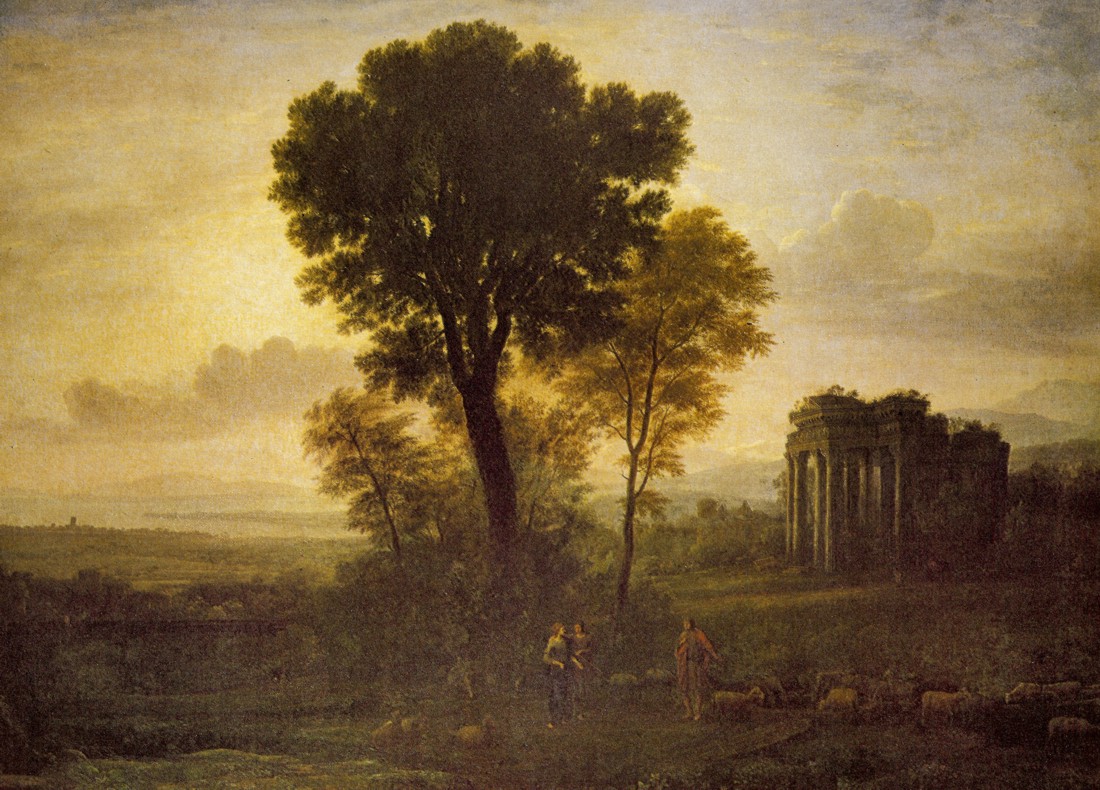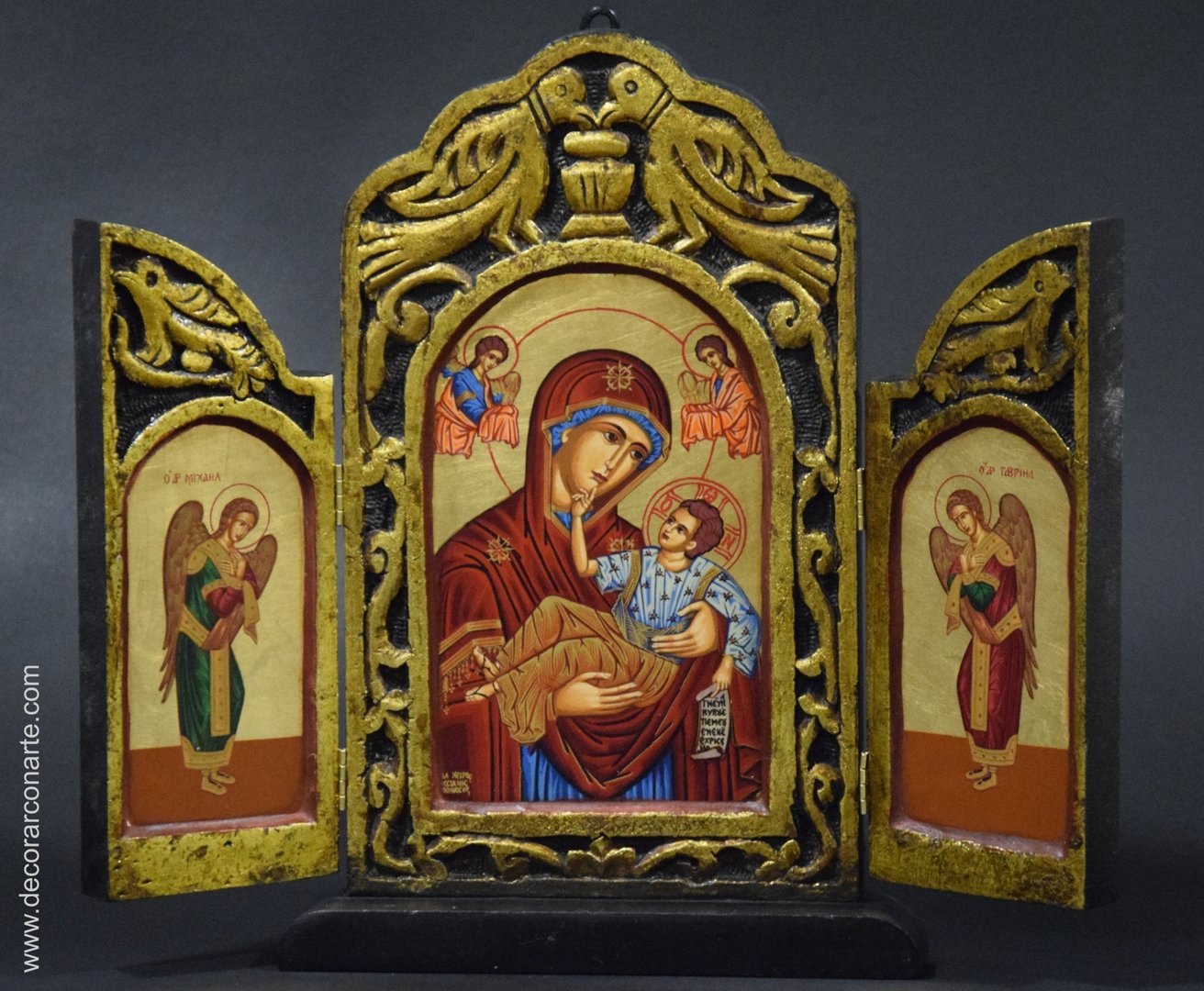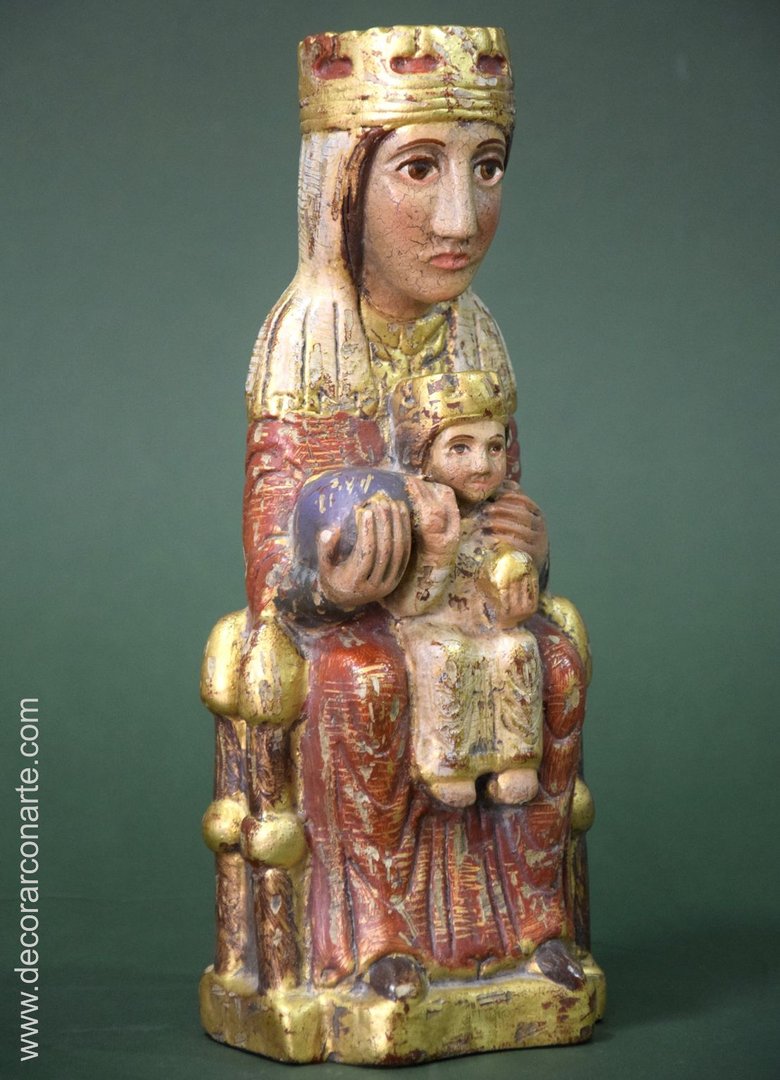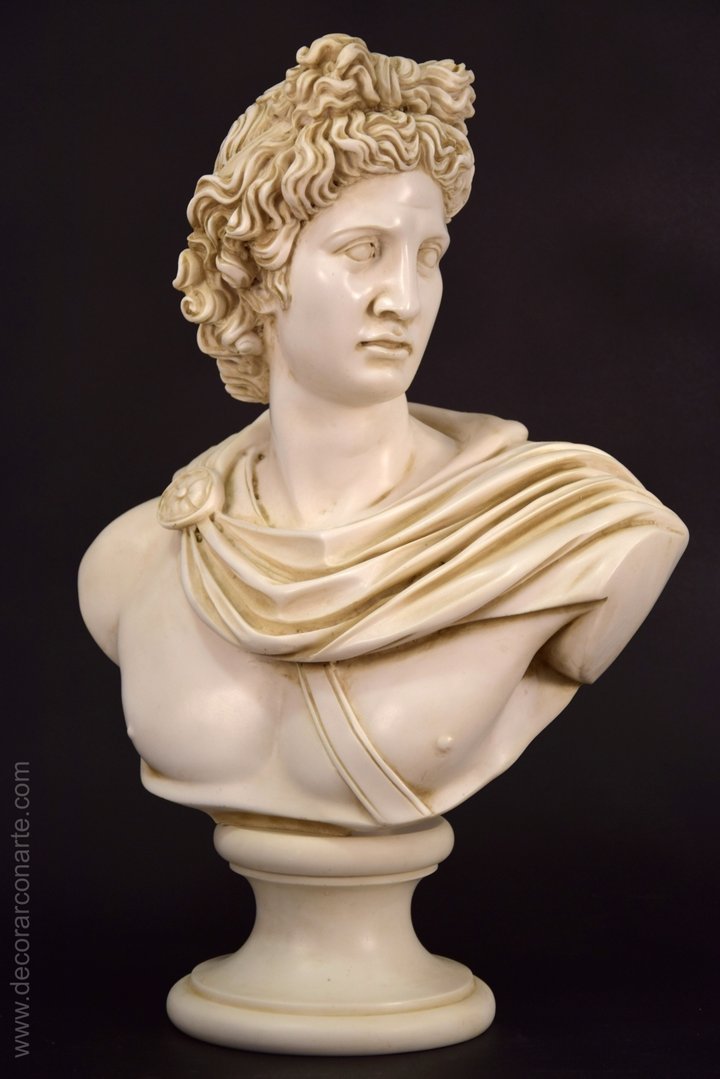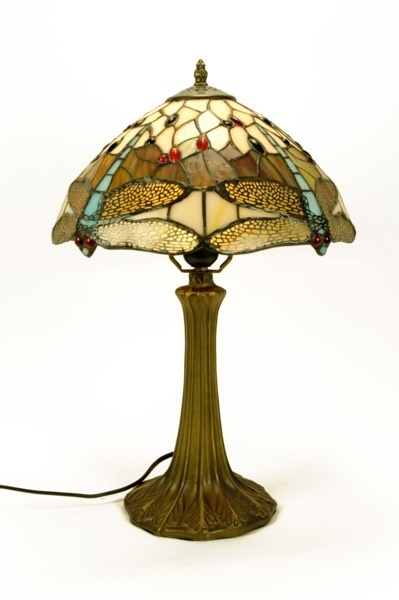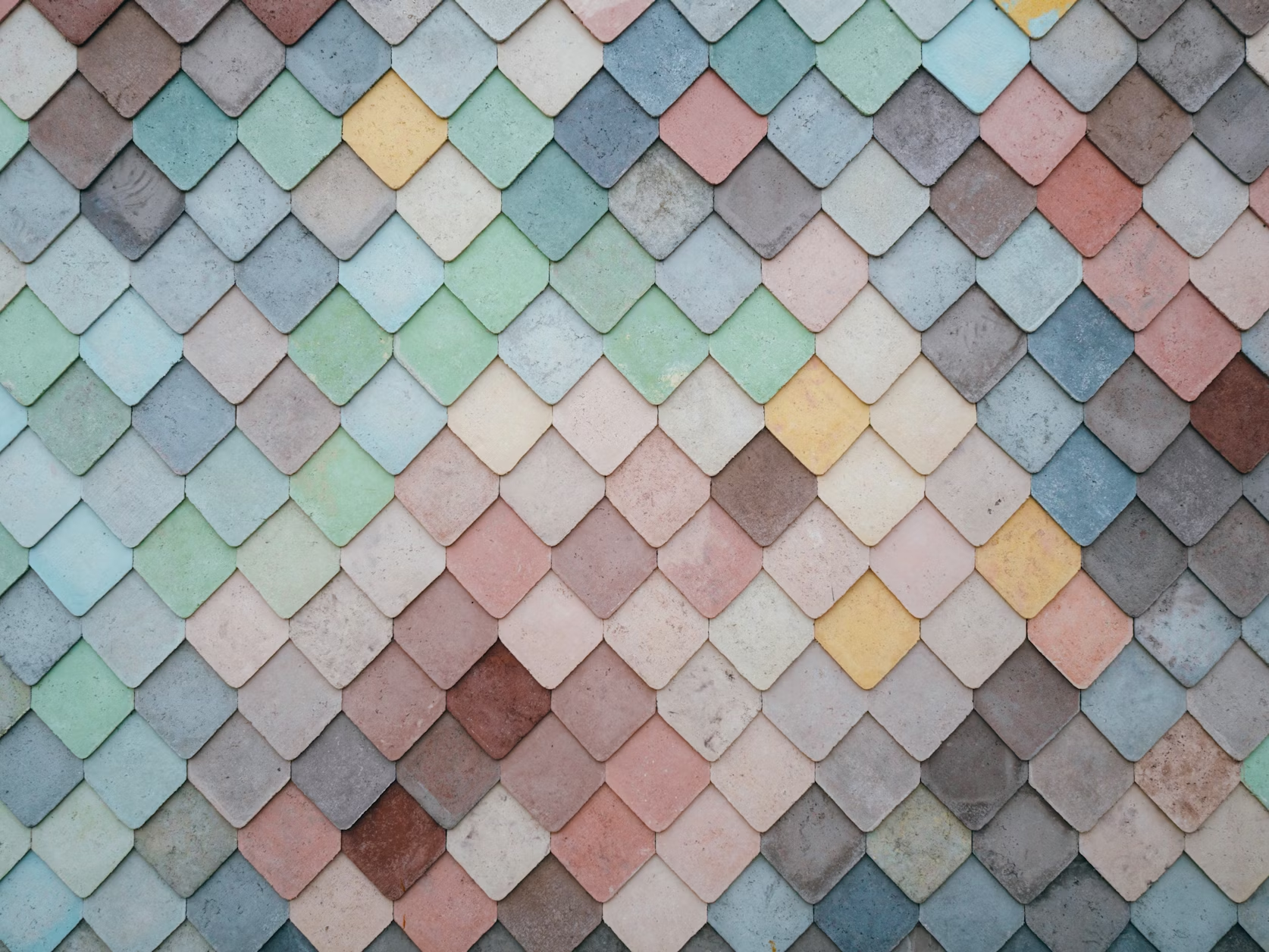
Qualities of our products
Aged printed canvases and prints:
These are prints on canvas or plates aged with natural waxes.
The materials used to make the canvases are of high quality. The texture and the quality of the thread highlight the beauty of the final result. Its weight exceeds 340 g. The pigments and inks used are HP UV so they are specially prepared for light resistance in interiors for over 200 years. All the work is finished by manual ageing patinas made with varnish and wax that result in perfect reproduction.
We also present oil on canvas: Hand painted oil paintings on board. Frames of style made in resin with gilded finishes and aged patinas.
They are faithful reproductions of works by famous painters that will undoubtedly delight your imagination. You will find Renaissance, Baroque, Pre-Raphaelite, Modernist or Classical painters. You can choose from landscapes, seascapes, figures, nudes, flowers or oriental themes among others.
Alabasters
There are two types of alabaster: gypsum alabaster (see plaster) and calcite alabaster.
Calcite alabaster: is a mineral of calcium carbonate that has a hardness of grade 3 (it can be cut with a knife or other tools).
You will find pieces made of moulded alabaster finished with polychrome oil and antique patinas. Polychrome and antique patinas that recreate textures of unparalleled beauty. Stone and marble texture. Careful work carried out with the maximum detail.
When alabaster is cut into thin sheets it is sufficiently translucent to be used as glass, having been widely used in medieval churches. The passage of light through its translucent structure offers a warm and pleasant atmosphere.
Gypsum alabaster, gypsum, or natural gypsum: is a mineral of hydrated calcium sulphate. It is a white stone with very fine grain, soft and very soft (hardness grade 1.5 to 2, that is, it can be grated with the nail) so it can be carved very easily.
Amphorae cultivated under the sea:
We offer reproductions with great fidelity to the amphoras found in shipwrecks, Roman, Phoenician and Greek amphoras. Ceramic pieces aged under the sea for 2 years.
The amphoras acquire a natural cover of marine flora and fauna giving them an appearance of over 2000 years old. Each piece is unique and unrepeatable and is accompanied by a numbered certificate.
Production process:
1.- The selection and production of the models in terracotta is carried out after a meticulous study of the different forms and uses that were used in the various ancient cultures of the Mediterranean. The different amphoras exactly recreate ancient models.
After drying and cooking, the amphoras are submerged in the sea bed for long periods of time ranging from 18 months to 2 years, depending on the case. During these years, and thanks to a plankton recirculation system, the amphoras are rapidly nourished by marine life with shells, small molluscs, algae, corals and sponges.
3.- During the time that the pieces remain submerged it will be necessary to carry out maintenance of the sea floor by moving them manually one by one in the various ecosystems prepared for them, in such a way that they are enriched with life. The varied colonisation of the surface will make each piece unique and unrepeatable.
4.- After the careful extraction of the seabed, it is exposed and dried in the open air for a determined period of time, so that the marine life adhered to the ceramics is finished fossilising and drying. The result is a unique amphora that reproduces the passage of thousands of years on the seabed.
Byzantine Icons:
High quality Byzantine icons on wooden boards. Careful polychrome and gold leaf and silver plated finishes. Made in Greece.
Carved marble:
In the sculptures in this section, the marble is carved and polished by hand/craft by expert craftsmen with great experience in the trade and extensive knowledge of stone carving techniques.
The presence of the marble’s own veins, created naturally according to the specific conditions that existed in the original site, results in unique pieces that transmit the natural authenticity of the stone. We offer pieces in different types of marble, denominated according to the original quarry or the colour it presents, with special characteristics. Marble is a rock derived from limestone and is normally white, but in certain locations, where the rock has been subjected to different conditions and intrusion of different materials, the composition, and thus the colour of the marble is altered. The most common, therefore, in statues and decorative elements, is white marble, but we also work with black marble from Belgium, ivory cream, blood marble, green marble, or travertine marble (from quarries near Rome), obtaining sculptures of different colours, textures and finishes depending on the intention that we want to transmit to the work.
The marble, prints at the same time serenity, strength and elegance in any work, being, therefore, the most suitable material for any space in which we want to recreate environments with these characteristics. In addition, marble sculptures are solid and resistant to erosion and water, so they can withstand perfectly the weather and can be used both for outdoor decoration, gardens and terraces, and to create interior environments of unique beauty.
Carved wood:
Figures and sculptures carved in wood by magnificent craftsmen made in aged wood. Handmade pieces, resulting in unique pieces.
The pieces are presented in different finishes, with polychrome or aged patinas, thus giving aspects and textures of the materials they are intended to imitate. The decoration of each piece transmits personality to it.
Finishes:
Polychrome oil finishes where the pigments are mixed with an oil-based binder.
Painted in tempera where the solvent is water and the binder, called tempera, is usually egg yolk, or a fat of non-vegetable origin. Historically, tempera painting is characteristic of the Middle Ages in Europe and of Byzantine and Orthodox icons in Eastern Europe.
The stews, with which the gold applied under the paint appears in complicated drawings. Stew is a polychrome wood technique. The main material is gold, silver or copper leaf. These are very thin sheets of metal that print this shade on the surfaces where it is applied. The sheets are covered with different pigments, and finally, by scraping off these last layers, drawings are made exposing the underlying gold.
Ageing paints based on natural waxes, which give the works a character of antiquity and quality
Cast bronze:
Reproductions of figures and sculptures made in bronze. Top quality pieces, definition of detail, careful patinas and careful finishes.
Lost wax bronze reproductions.
They are completed with leather, decorated fabrics or other materials reproducing the originals in detail.
These sculptures are prepared to be exposed to the elements, being suitable for both exterior and interior decoration.
Forge:
You will find pieces in forge, made with forged iron .
Finished:
Patinated: in white, silver, aged silver, natural iron, oxide, matt black, gloss black and wenge
Other metals:
Leaf pieces made of Toledo steel and metal details. Reproductions of historical sword. Made in Toledo with top quality materials and careful details. Collector’s pieces.
Ceramic:
The collection of ceramic pieces that we present is made up of vessels and other objects that are entirely hand-made by potters in Mediterranean workshops, who have maintained the tradition and spirit for thousands of years. Each piece is unique.
The main component, clay, is plastic and can be shaped when the grain is very fine and wet. It has different colours depending on the impurities it contains, from orange-red, due to the presence of iron oxides, to white when it is pure. The ceramic pieces are obtained by subjecting them to high temperatures (between 400 and 500ºC).
The pieces are presented in different finishes: terracotta, glazed or patinated, perfectly prepared for exterior decoration or with finishes for interior decoration.
Fossils and semi-precious stones:
In this section you will find fossils of different origins and different periods, and semi-precious stones (rock crystal, agate, amethyst rock, quartz crystals, crystallized celestine rock) and geodes of great beauty.
Hard stones:
These are products such as tabletops and feet made from different natural stones and marbles that are truly unique works of art with a totally handcrafted finish.
The natural stones used are Onyx or Onyx, Lapis lazuli, Amethyst, Mother of Pearl, Red Jasper, Pink Marble, Red Marble and other stones.
Its finish is a fine polish that gives it shine and beauty.
They can be placed outdoors as long as they are protected from the weather, since the effect of water and rain makes them lose the shine and colour intensity of the polished stone.
Ivory:
We present a selection of ivory of great quality and detail and elaboration. Ivory is a composition of ivory powder, bone, silicates and resin, thanks to which this material gives the finish, hardness and patina to your works with the appearance of ivory. These pieces are replicas of the original models carved in ivory.
Moulded marble or reconstituted marble:
Pieces made of ground marble.
A mixture of marble powder and grain is made with chronolite, a high quality resin. The amount of marble present in the piece is between 50 to 80% resulting in sculptures similar to the original marble carvings.
The sculptures and reliefs made of moulded or reconstructed marble are presented in different finishes, with polychrome or patinas of aging, thus giving aspects and textures of the materials to be imitated.
Finishes:
Finishes with polychrome oil where the pigments are mixed with an oil-based binder.
Stews, in which the gold applied under the paint appears in complicated drawings. Stew is a technique where the main material is gold, silver or copper leaf. They are very thin sheets of metal that print this shade on the surfaces where it is applied. The sheets are covered with different pigments, and finally, by scraping off these last layers, drawings are made exposing the underlying gold. .
Ageing patinas applied with natural earths, resulting in marble and stone textures.
The moulded marble or reconstituted marble is totally prepared to be exposed to the elements, with the exception of sculptures or reliefs in reconstituted or moulded marble whose finishes are polychrome, which are not suitable for exterior decoration.
Plaster:
Alabaster is soluble in water so you can find the pieces in moulded alabaster instead of carved, in this case we talk about plaster. Powdered alabaster and other materials are mixed with water and placed in rigid moulds to obtain the desired shape.
The plaster is a high quality, very fine grain plaster, with a purity of over 90% in the gypsum.
Depending on the amount of alabaster present in the mixture, either gypsum (with thicker varieties and purity in alabaster less than 90%) or plaster (also called high quality gypsum with a finer grain and purity in alabaster greater than 90%) is obtained.
The sculptures and columns made of plaster come in different finishes, with polychrome or aged patinas, thus giving the appearance and texture of the materials they are intended to imitate. The decoration of each piece transmits personality to it.
Finishes:
Polychrome oil-based finishes where the pigments are mixed with an oil-based binder.
Stews, in which the gold applied under the paint appears in complicated drawings. Stew is a technique where the main material is gold, silver or copper leaf. They are very thin sheets of metal that print this shade on the surfaces where it is applied. The sheets are covered with different pigments, and finally, by scraping off these last layers, drawings are made exposing the underlying gold.
Ageing patinas applied with natural earths, resulting in marble and stone textures.
USES: Interior decoration.
Not suitable for exterior decoration, as the material is water-soluble and the ageing patinas are made with pigments and natural earths that can deteriorate.
Resins and metallic resins:
Metallised resin figures are mainly made of polyester with a light load of synthetic material with metallic, polychrome or patina baths. They are imported figures made with care and detail.
Finishings:
Metal baths: the figures are subjected to electrolytic baths with different metals, being covered by the metal (bronze, copper, zinc, etc).
Polychrome: painted with maximum detail in the countries of origin.
Patinating: finished in stone, iron oxide, bronze, obtaining light pieces that imitate aged stone, oxidised iron, bronze, old wood or other materials.
They are light and easily handled pieces.
USES: Interior decoration.
Not suitable for exterior decoration. The shine and polychromy can deteriorate.
Roman mosaics:
Mosaics are made with the same techniques of thousands of years ago. It is a pictorial work made with small pieces of tesserae, joined by a binder, to create geometrical or figurative compositions.
The materials used are tesserae of natural stones and diverse marbles such as Portuguese Rose, White Macael, Dark Macael, Grey Macael, Rubina, Nile Yellow, Macael Yellow, Grey, Verdi-gray Sierra Elvira, Indian Green, Ambra Sandstone, China, Alicante Red, Aguilera Red, San Vicente Black, and Marquina Black. For some special colours, glass paste and resins are used, as they were in ancient times.
Themes: We have specialised in the reproduction of Roman mosaics, both figurative and geometric. But we also approach Byzantine mosaics, inspired by historical, mythological themes or any artistic style with the same delicacy and mastery, personalizing the work and giving as a result, original mosaics.
The technique used is the “opus teselarium”, mosaic of cubic stone tesserae. We work with tesserae of 5, 8 and 10 mm. They are made in a totally handmade way following the same techniques as thousands of years ago.
We make mosaics with polished faces for floors, as well as antique look for murals.
We present monochromatic or bicolour mosaics and polychromatic mosaics.
Due to the type of material used, these pieces are completely suitable for both exterior and interior decoration.
Tiffany lamps:
We have a collection of quality reproductions of the old Tiffany lamps, made of bronze, resins and different coloured glasses. Metal foot and glass screen.
A little bit of history:
A Tiffany lamp is a type of lamp with a shade made of pieces of glass. Tiffany lamps are considered part of the Art Nouveau movement. The first Tiffany lamp was created around 1895.
The Tiffany lamps were designed by Louis Comfort Tiffany and his design studio. Louis Comfort Tiffany (1848 – 1933) was an American artist and designer who worked in the decorative arts, well known for his work in stained glass. Tiffany’s purpose was to promote and spread the state of the decorative arts at the level of the fine arts, and he quickly made a name for himself in decoration.

